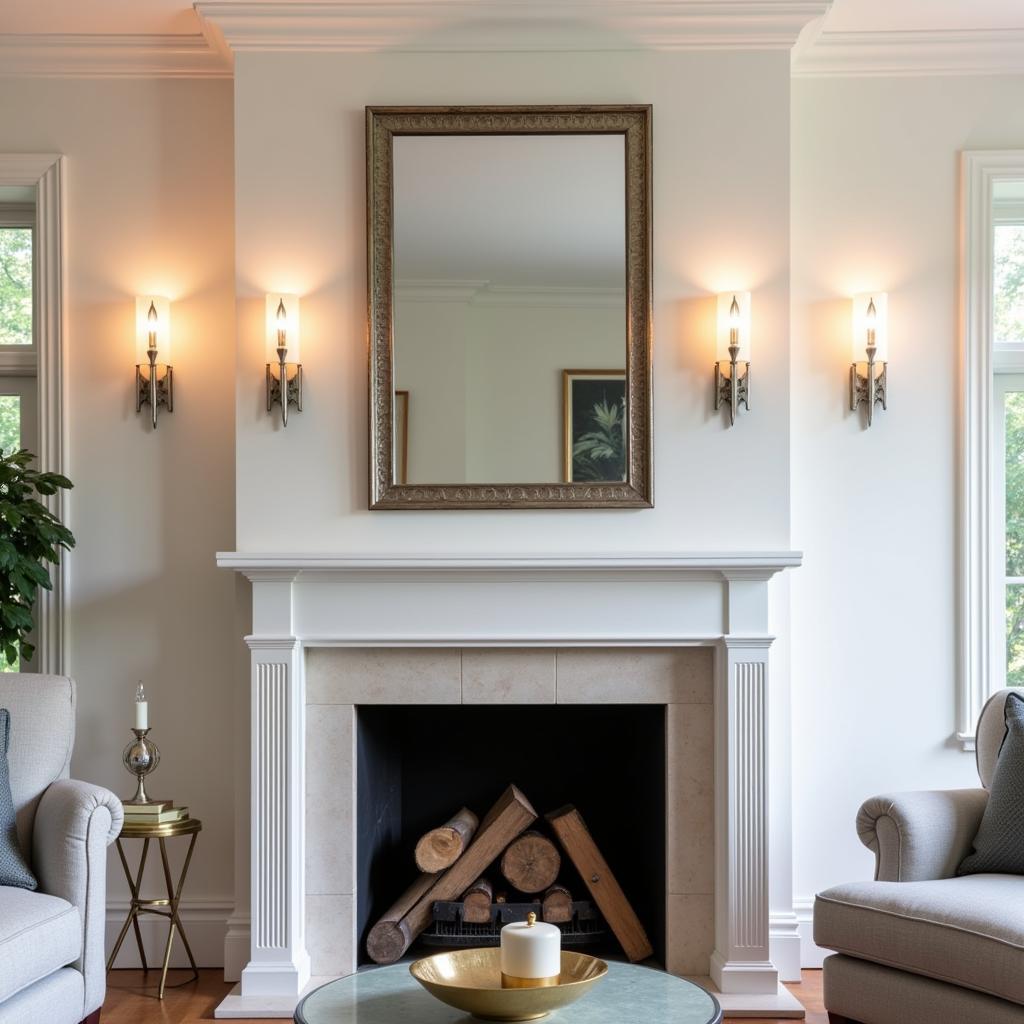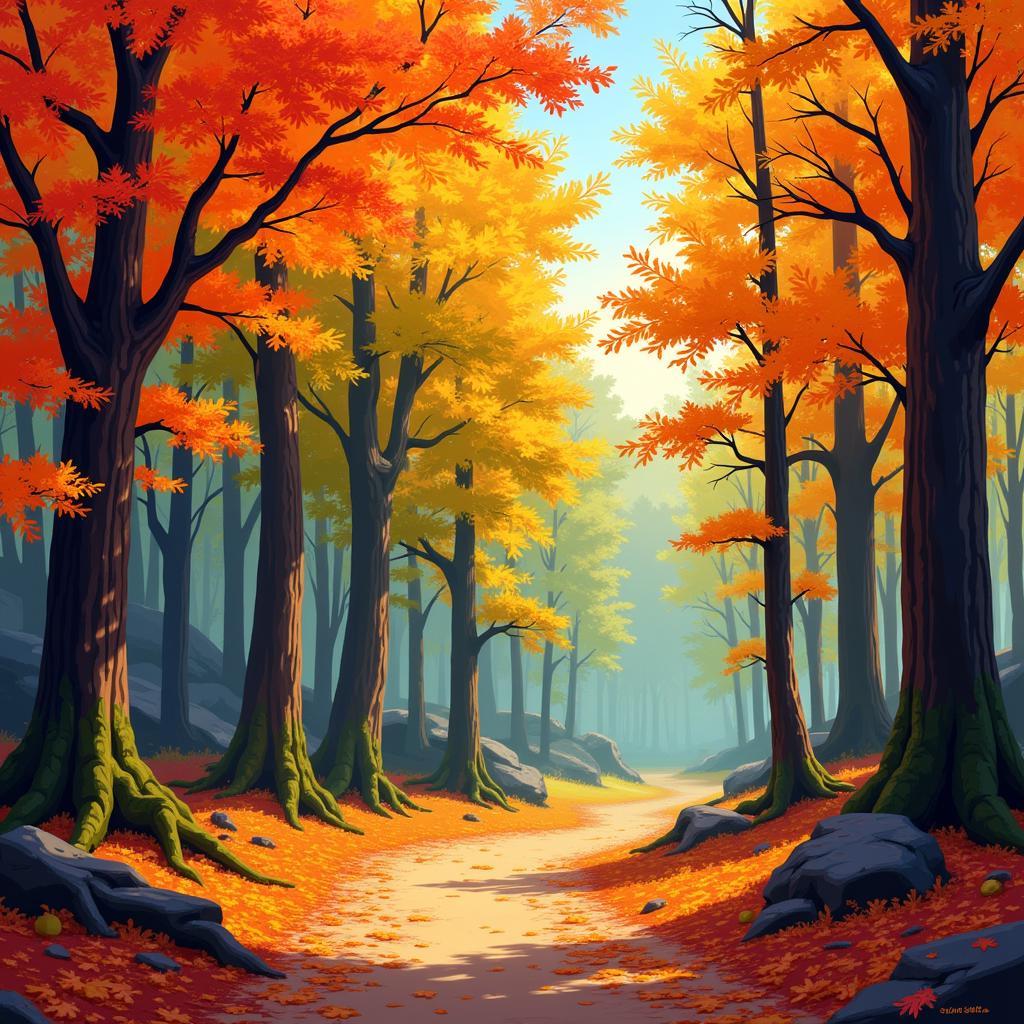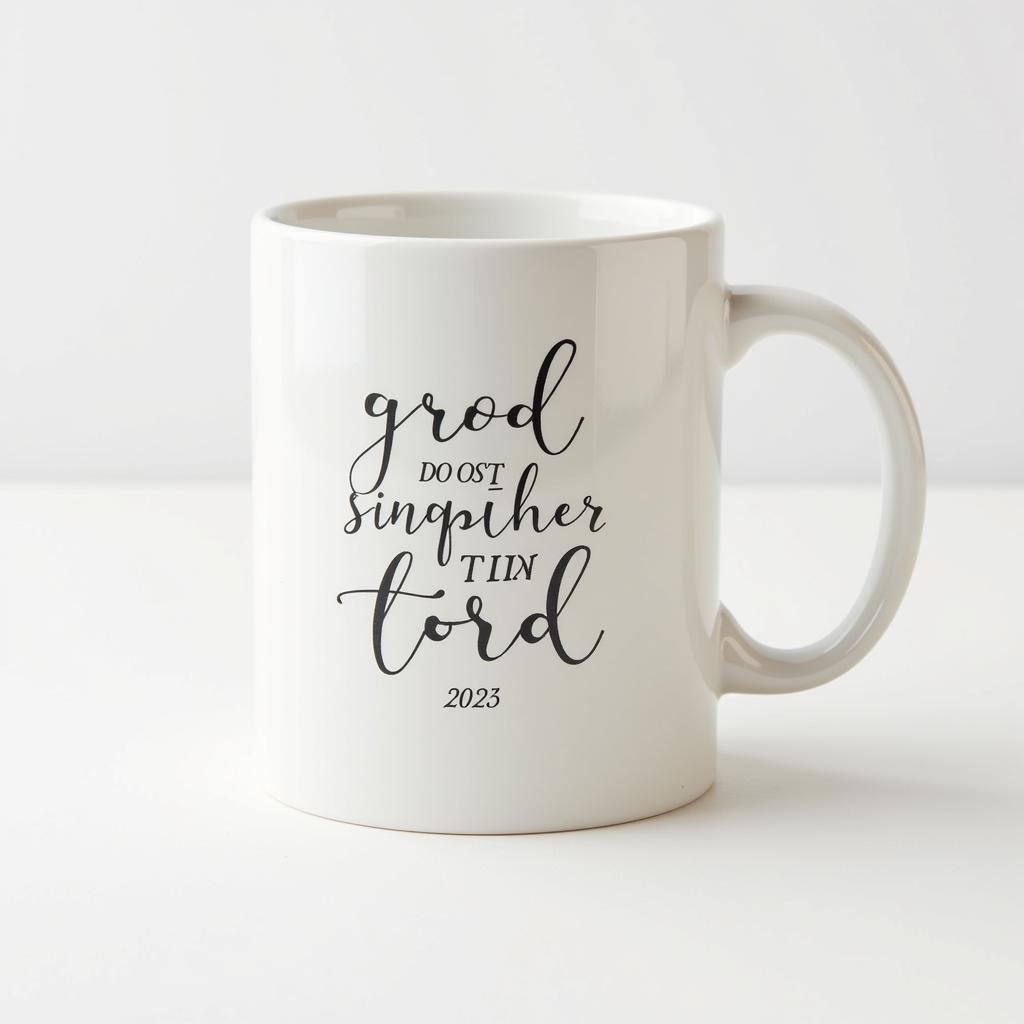Exploring the Beauty and Controversy of Women Nude Art
The human form has captivated artists for centuries, and the female nude holds a particularly significant place in art history. From classical sculptures to Renaissance masterpieces and modern photography, Women Nude Art has been both celebrated for its beauty and scrutinized for its complex relationship with societal norms and the male gaze. This exploration delves into the historical context, artistic merit, and evolving perceptions surrounding women nude art.
A Historical Journey Through the Female Nude
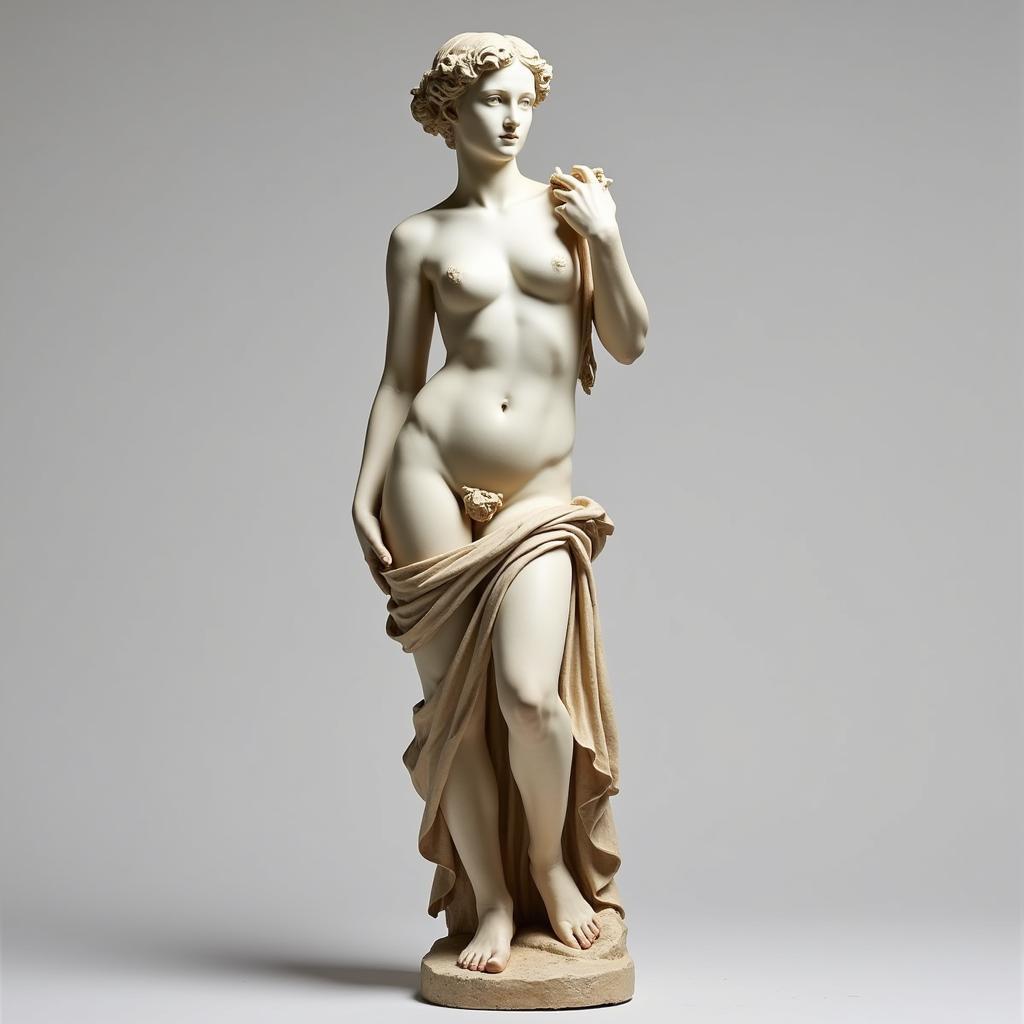 Venus de Milo sculpture, a renowned example of classical women nude art
Venus de Milo sculpture, a renowned example of classical women nude art
The depiction of the female nude can be traced back to ancient civilizations. In ancient Greece, the nude female form was often used to represent goddesses and ideals of beauty and perfection. Sculptures like the Venus de Milo exemplify the graceful lines and idealized proportions that characterized classical representations. These works were not necessarily intended to be sexually suggestive but rather served as symbols of purity, fertility, and divine femininity.
During the Renaissance, artists like Sandro Botticelli and Titian continued to explore the female nude, often incorporating mythological and allegorical themes into their works. Botticelli’s “The Birth of Venus,” for instance, remains an iconic image of the Renaissance, showcasing the goddess Venus emerging from a giant scallop shell. These paintings reflected a renewed interest in classical art and a celebration of the human form.
Women Nude Art: Beyond the Male Gaze
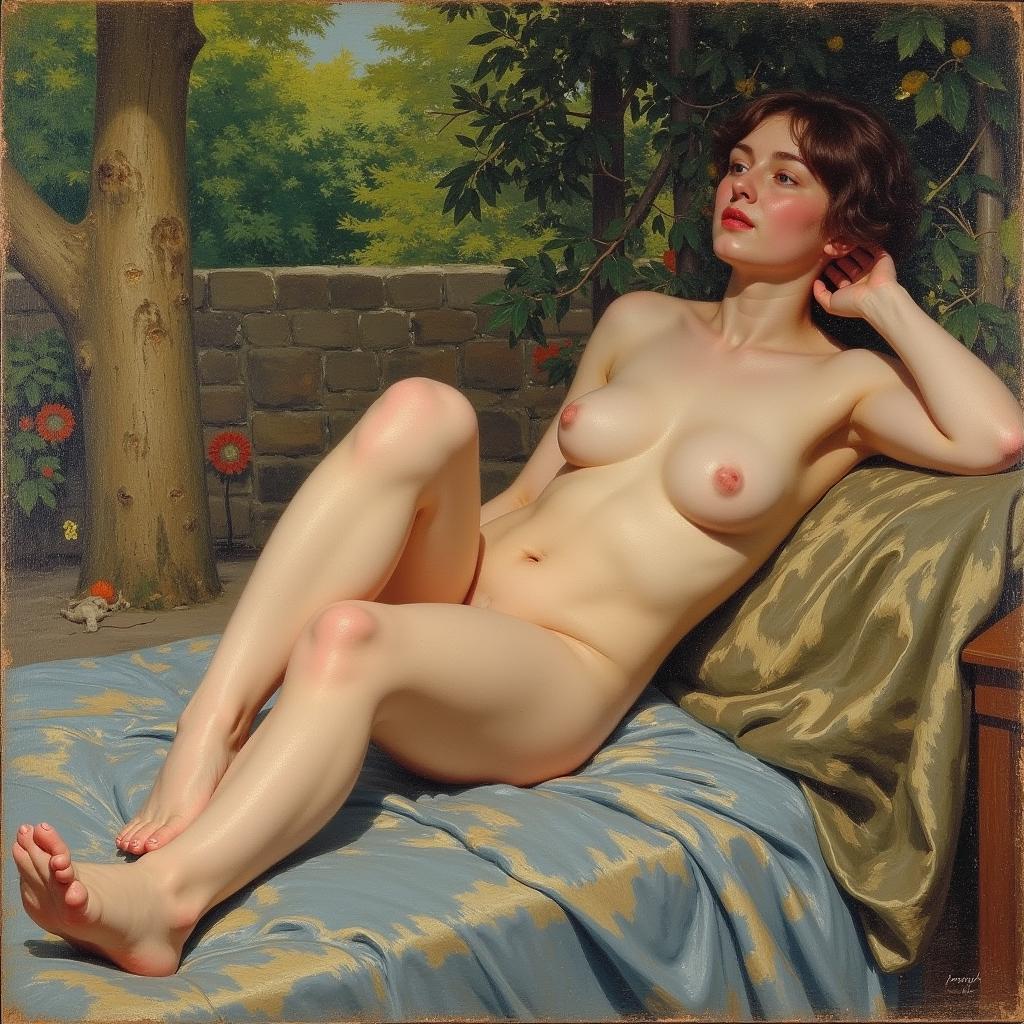 Pierre-Auguste Renoir's painting of a nude woman, showcasing Impressionist techniques and a focus on light and color
Pierre-Auguste Renoir's painting of a nude woman, showcasing Impressionist techniques and a focus on light and color
While the history of women nude art is undeniably intertwined with the male perspective, it’s crucial to recognize the evolving narratives and the emergence of female artists who have reclaimed the narrative surrounding the female form. Artists like Mary Cassatt, Berthe Morisot, and Frida Kahlo challenged traditional representations by depicting women with greater agency, subjectivity, and emotional depth.
The 20th and 21st centuries witnessed a further diversification of perspectives on the female nude. Artists like Jenny Saville and Tracey Emin have explored themes of body image, sexuality, and identity through their bold and often confrontational works. These artists challenge viewers to confront their own preconceptions and engage with the female form on new terms.
The Ongoing Dialogue: Censorship, Objectification, and Artistic Freedom
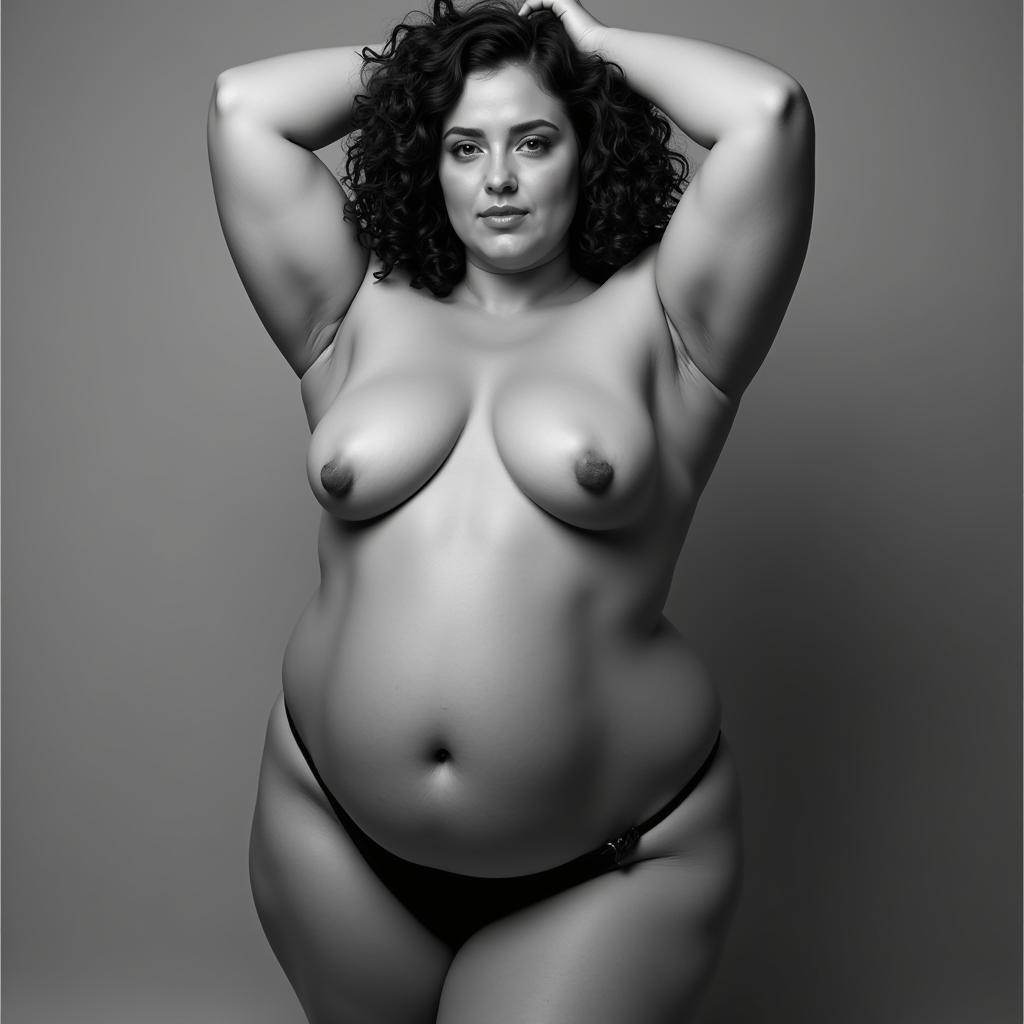 A black and white photograph of a nude woman, embracing body positivity and diverse representations of beauty
A black and white photograph of a nude woman, embracing body positivity and diverse representations of beauty
The depiction of the female nude continues to spark debate and controversy. Issues of censorship, objectification, and the distinction between art and pornography remain pertinent. While some argue that certain representations of the female nude contribute to the objectification of women, others champion artistic freedom and the right to explore the human form without restrictions.
It’s crucial to engage in nuanced conversations about these issues, considering factors like context, artistic intent, and the evolving societal understanding of gender roles and representation.
Conclusion
Women nude art holds a complex and multifaceted place in art history. From its classical origins to its modern interpretations, it has been a source of both admiration and controversy. As we continue to grapple with questions of representation, censorship, and artistic freedom, it’s imperative to approach the subject with sensitivity, critical thinking, and an appreciation for the diverse perspectives it evokes. Understanding the historical context and the evolving dialogue surrounding women nude art allows us to engage with these works on a deeper level and appreciate their artistic merit while acknowledging the complex social and cultural implications.
